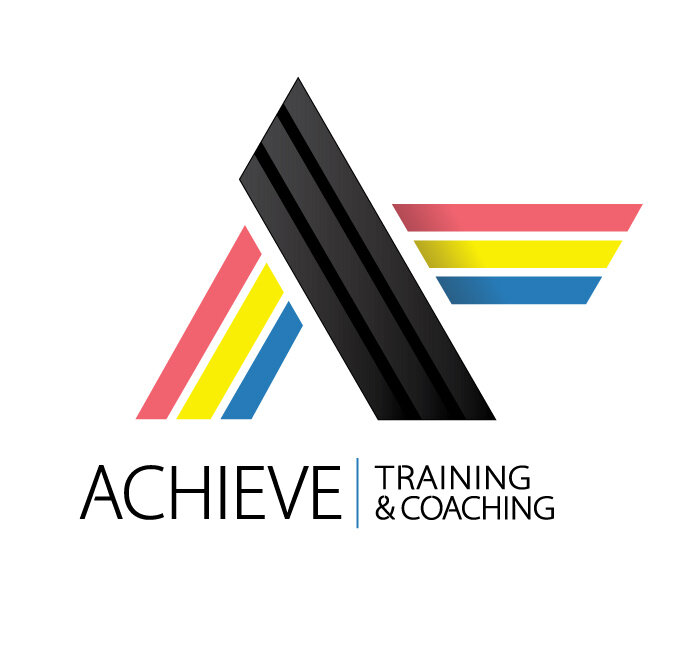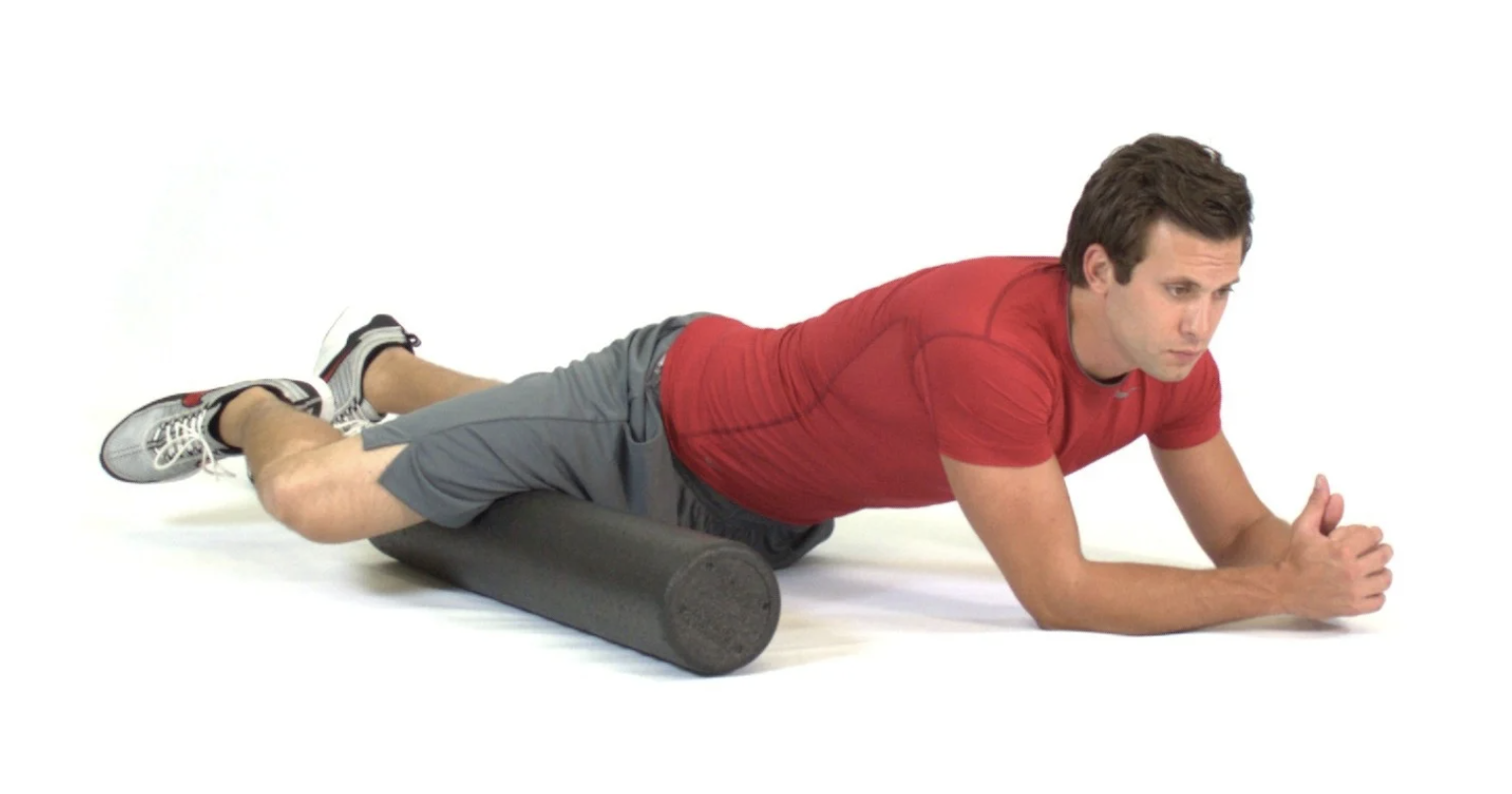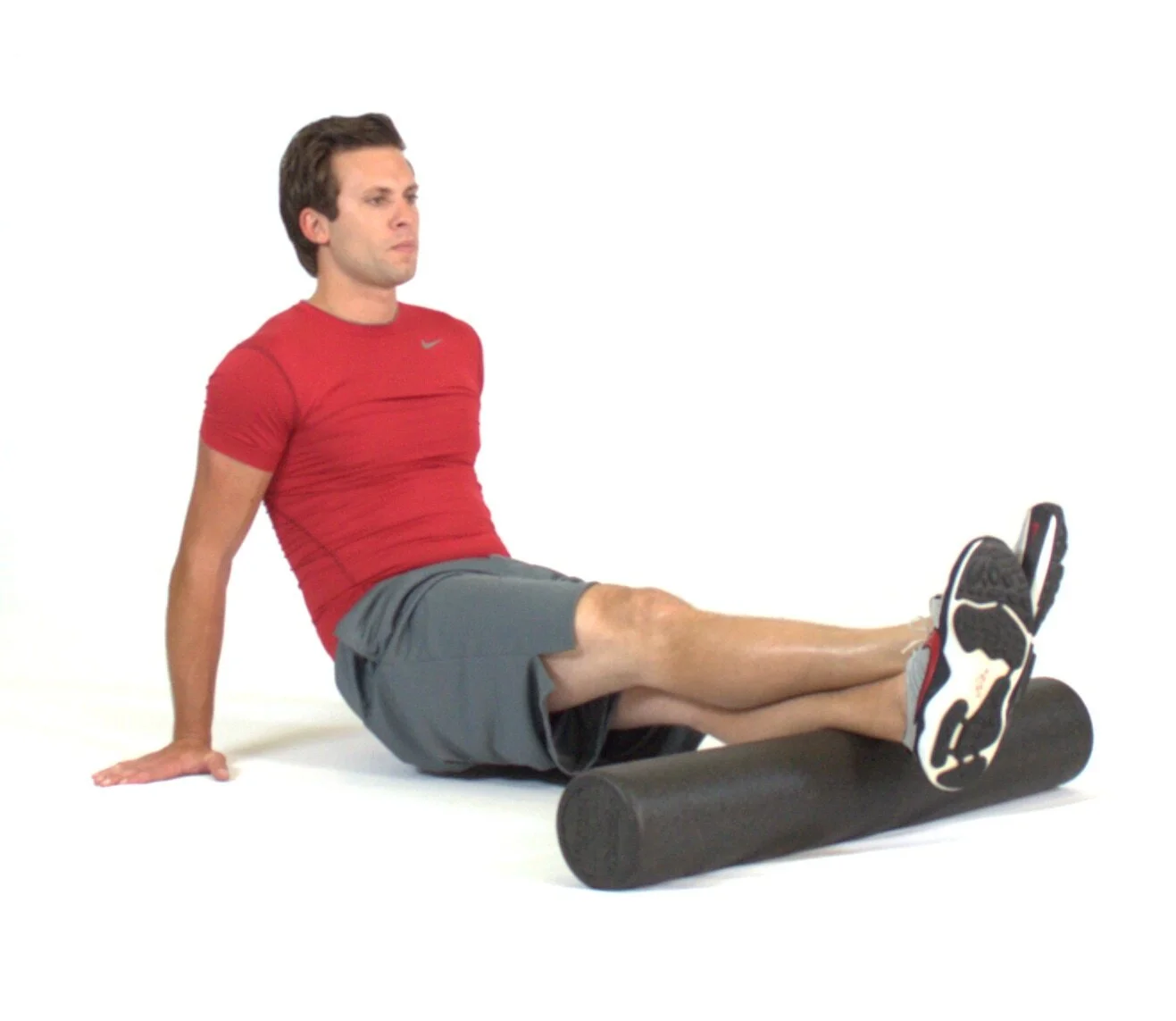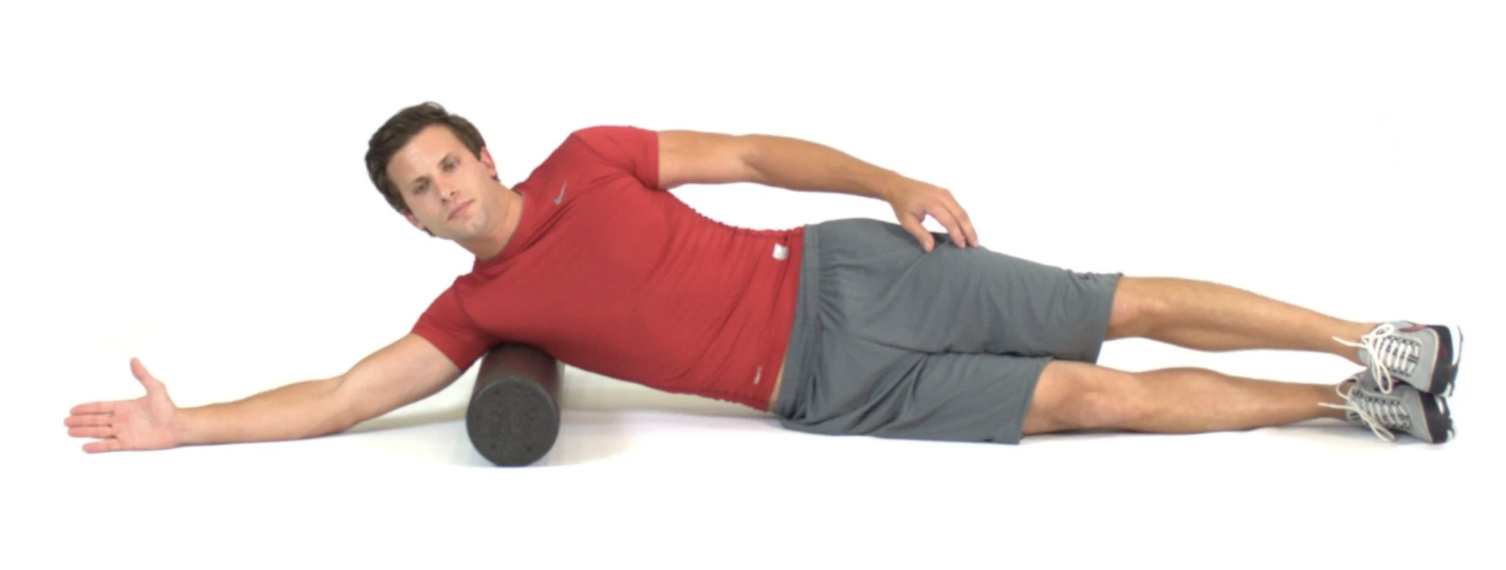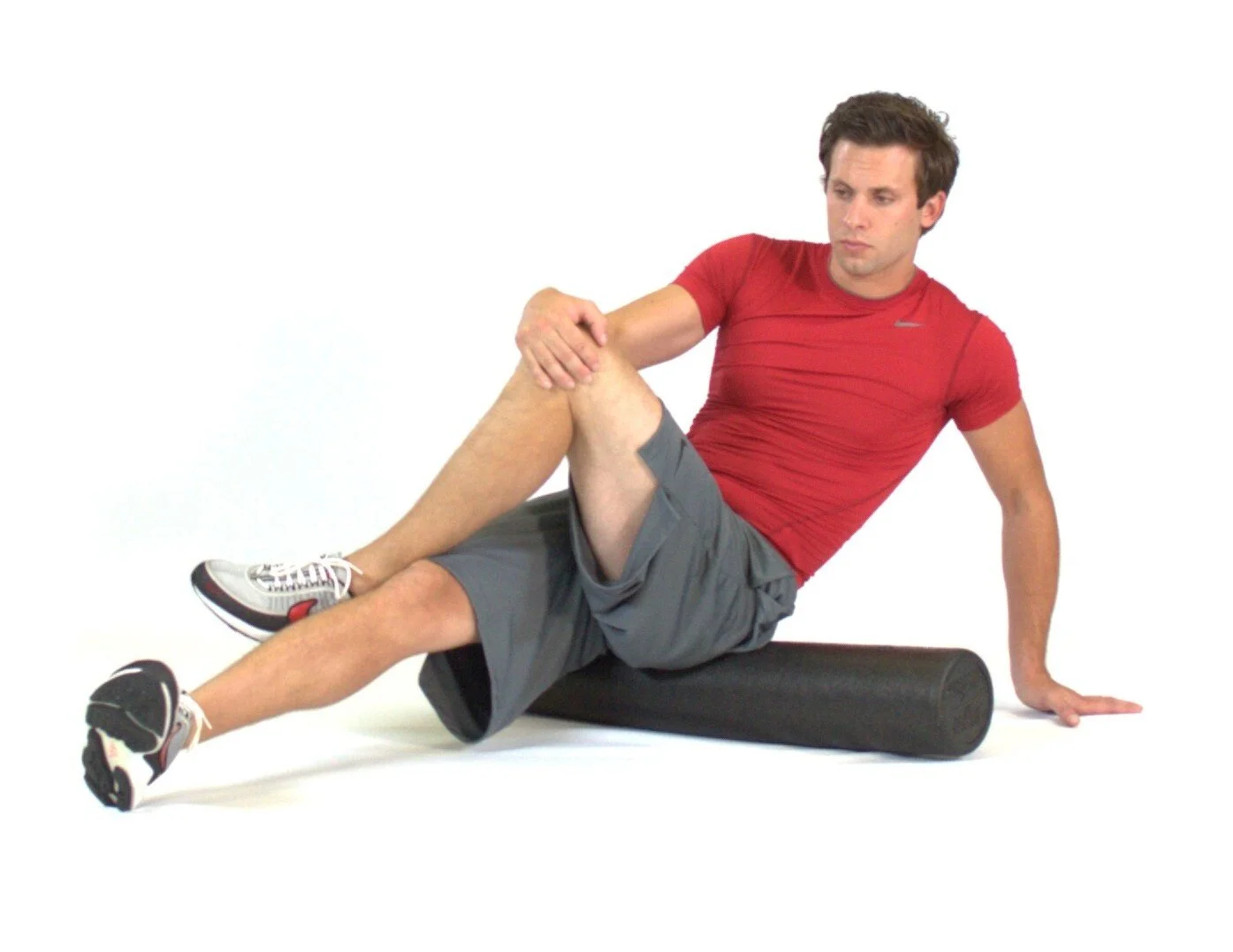Our Recipe for a Killer Training Plan
Have you ever wondered what an annual training plan looks like? Why does the big picture even matter?
As an athlete, it’s easy to get caught up in the day-to-day training rides and focus on the next big event (“Why was my power so low today?!” you might say).
As a coach, however, one of our biggest jobs is to keep things in perspective, to look at the big picture and ensure that we are properly developing the athlete to reach their potential. If we limited ourselves to focusing only on the next target event, we would rob the athlete of important developmental steps necessary to reach peak performance.
Your Fitness is a House (A metaphor…)
Building fitness is similar to building a house. If you want to create a large, sturdy house, you must start by setting a broad and solid foundation. If you skip this essential step, you end up with a house of cards that might reach great heights, but falls apart quickly and easily.
The same goes for your fitness. While spending time in the gym and doing long endurance rides might feel boring, it’s what often makes the difference between a resilient athlete and an under-developed rider.
Utilizing a periodized approach, Achieve incorporates four preparatory phases or meso cycles into its coaching programs to help set the foundation for maximal performance.
Of course, each phase is individualized to the athlete and their goals, however the general outline of the progression tends to be similar for most of our athletes during early-season training. Why? Because it works, just like the concrete foundation on any house.
Our Recipe for Success
Off-Season Break
After competition season ends, we designate time for physical and mental rest. Taking time off the bike to rest and recover can last anywhere from 1-4 weeks depending on the athlete. While it might be enticing to keep forging ahead, resting your mind and body will help prevent burnout and injury, as well as support a healthy and balanced endocrine system. This will set you up for future success.
Phase 1: Functional Movement & Mobility
We begin our early season training with an intentional focus on functional movement, mobility and neuromuscular control exercises. This is the time of year where we spend focused time addressing imbalances that have developed over the course of a season.
Functional stabilization movements help to develop stability, mobility, coordination and strength by recruiting multiple muscle groups in conjunction with one another across multiple planes.
Benefits of this training phase include:
Generate optimal muscle firing patterns
Boost biomechanical efficiency
Improve dynamic joint stability
Enhance neuromuscular control (the connection between nervous system and muscles)
Correct instabilities and help prevent injury
Phase 2: Strength Training
Now that we have corrected instabilities and improved muscle firing patterns, we can build strength.
Achieve relates muscular development to roots of a tree. A tree with a strong root system will withstand the stresses of nature and last a long time. A rider with solid muscular development will withstand the stresses of training and be strong for the entire season.
Strength training usually lasts 10-12 weeks. The focus is on developing both the stabilizer muscles and the larger muscles required to generate power on the bike; mainly glutes, quadriceps, hamstrings and core. Three aspects of muscular development are addressed at this time: hypertrophy, strength and power.
This period of strength training lays the groundwork for improved performance by providing an abundance of benefits including:
Develop musculoskeletal system
Increased Power
Improved muscle recruitment & efficiency
Increased muscle fiber size (Type I and Type II)Improved fatigue resistance of Type II fast-twitch muscle fibers
Increased bone density
Injury prevention
Depending on the athlete and their goals, a modified strength training program may continue throughout the year.
Phase 3: Aerobic Endurance and Metabolic Efficiency
Using INSCYD metabolic testing, we can easily identify Fat and Carbohydrate Combustion rates and metabolic efficiency of a rider.
Often the most underestimated aspect of training is the Aerobic Endurance phase. Generally speaking, this phase is characterized by long, low-intensity rides paired with nutritional interventions to maximize aerobic adaptations.
Photo credit: Lance Kennedy (IG @el_teakay2.0)
As endurance athletes, it’s essential that we develop a strong and robust aerobic engine to power the majority of our riding. An athlete who spends time developing their aerobic metabolism will experience:
Improved endurance
Increased fat oxidation (burning fat for energy)
Enhanced metabolic efficiency
Increased mitochondrial size and density (the little powerhouses in our cells responsible for producing energy via aerobic metabolism/cellular respiration)
Increased VO2 max
Raised anaerobic threshold
Metabolic efficiency refers to the degree to which fat is utilized as a fuel source at any given intensity during exercise. Mobilizing more fat to produce energy rather than carbohydrates is efficient for several reasons: fat burns more cleanly, thereby reducing metabolic waste; fat has a greater energy density than carbohydrates; burning fat for energy spares limited carbohydrate or glycogen stores, requiring less dependence on exogenous (from outside) sources of carbohydrate during training (a.k.a. You need to eat less) thereby reducing gastric distress.
Lastly, teaching your body to be really good at burning fat for fuel just makes sense mathematically.
The average body has an excess of 80,000 calories stored as fat (a nearly endless supply of energy), whereas the body can store only a finite amount of carbohydrates (glycogen) maxing out at 2,000 calories of accessible energy.
Riders with under-developed aerobic metabolism rely more heavily on glycolytic (anaerobic) metabolism for their energy needs, which is not sustainable for long periods of time and produces bi-products like lactate and acidosis. =
Phase 4: Focused Specificity of Aerobic/Anaerobic Systems
Depending on the athlete’s individual physiology and goals, we progress to focused development of the aerobic and/or anaerobic capacities.
Utilizing INSCYD metabolic testing, we are able to determine the athlete’s physiological capacities including VO2 max (aerobic capacity), VLaMax (anaerobic capacity), anaerobic threshold, and fat/carbohydrate combustion. These metrics allow us to create an individualized training program that helps us to maximize a rider’s time on the bike and develop the areas that will yield the biggest improvements in performance.
Year Round
INSCYD Metabolic Testing
At least twice a year, athletes will perform a critical power test to identify their metabolic capacities. Testing throughout the year allows the coach and rider to identify progress and development needs.
Comprehensive Core Strengthening
Core strengthening is consistent throughout the year. Staying on top of core strength will lower risk of injury, reduce back pain, protect inner organs and nervous system, and help improve riding efficiency by enabling you to better transfer power to the pedals.
Stretching and Foam Rolling
Direct Communication with Coach
Achieve coaches communicate with their athletes on a continual basis. It’s easy for a cycling coach to give an athlete a program, however, we find that frequent communication helps athletes get the feedback and support they need to get the most out of their training plans.
___
Take the time to develop your fitness gradually and you’ll build a house so big it will shock the neighbors.
